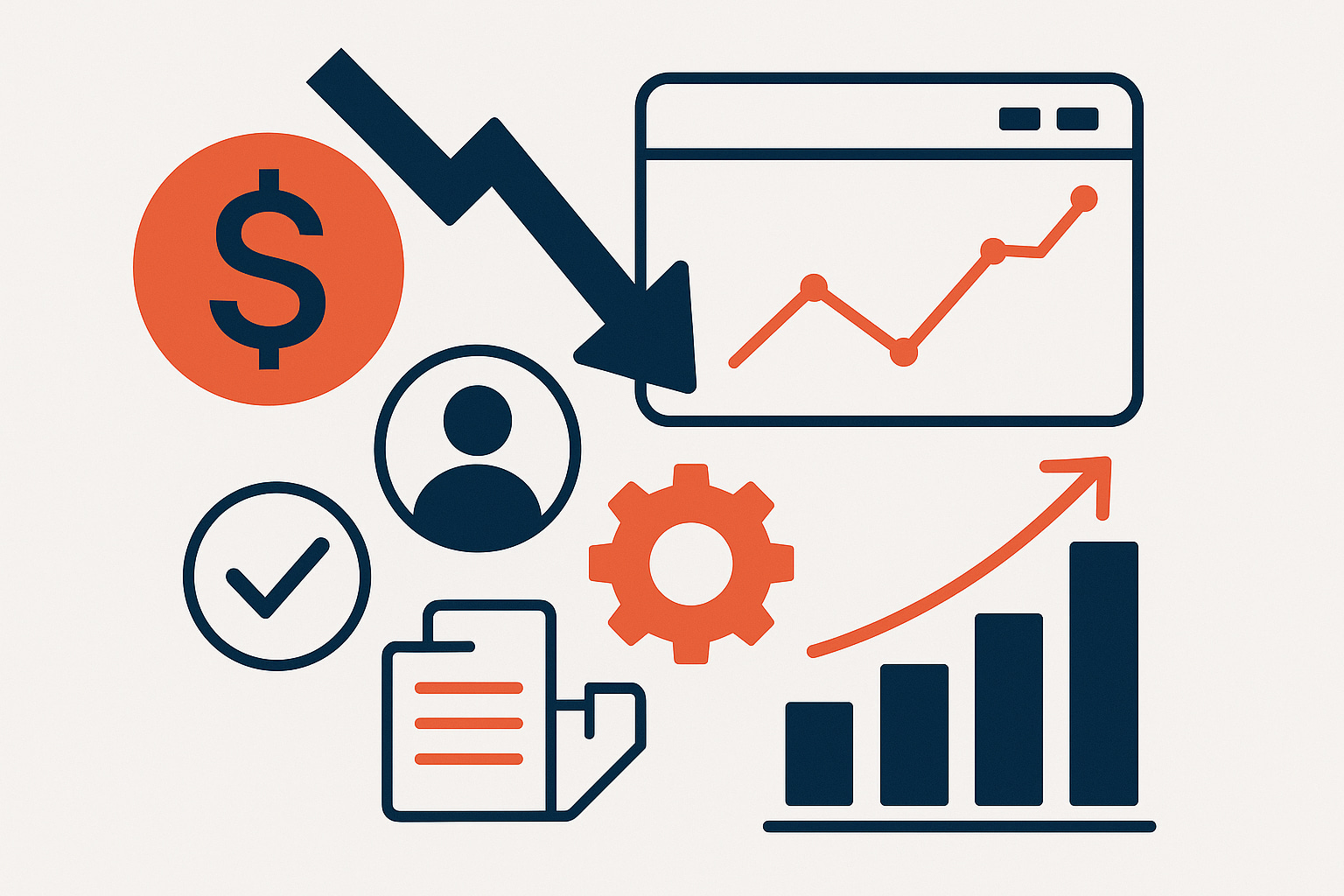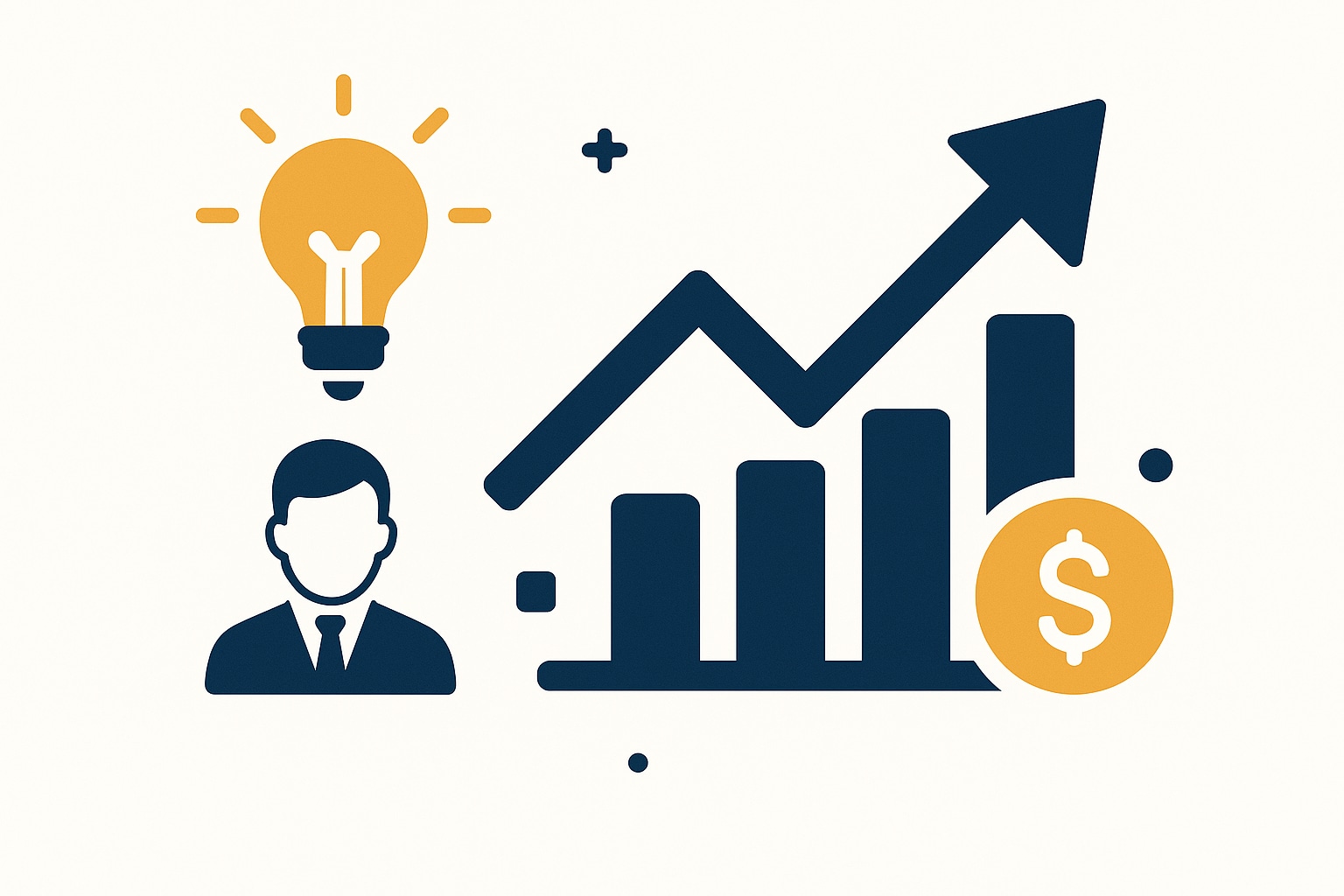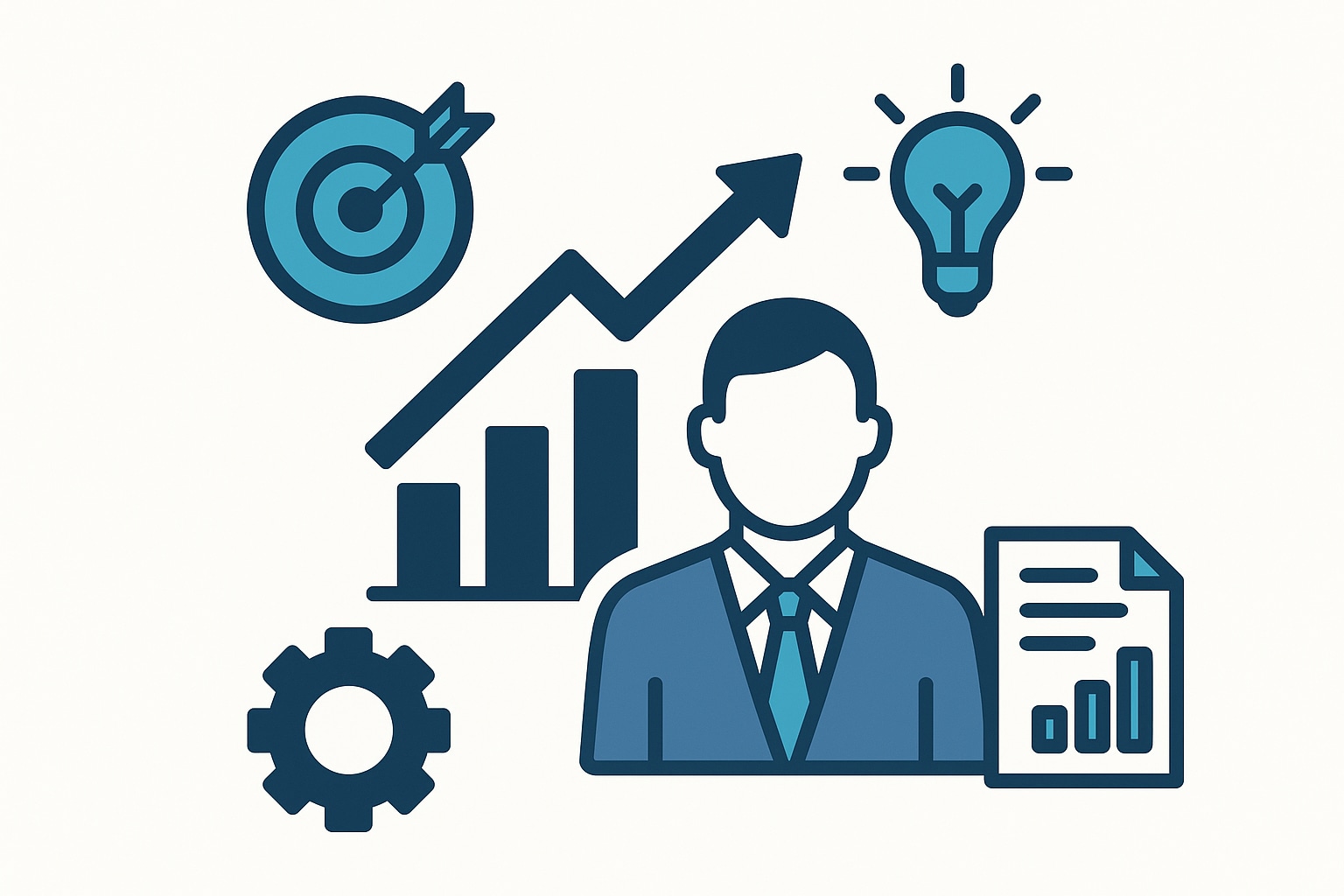Reduce CAC in 2025: Best Tools and Tactics for Startup Growth Teams

For startup founders, achieving sustainable growth while controlling costs is a constant challenge. With digital marketing channels becoming more saturated and competitive every year, the pressure to optimize customer acquisition costs (CAC) is greater than ever. Staying ahead in 2025 demands a strategic balance of the right technology, refined tactics, and consistent measurement. At Curio Revelio, we empower startups to own their growth journey, taking full responsibility for both strategy and execution to help founders scale efficiently. This guide explores the latest benchmarks, essential tools, actionable tactics, and proven frameworks to reduce CAC and accelerate business outcomes in the dynamic digital landscape ahead.
Understanding Customer Acquisition Cost (CAC) in 2025
Customer Acquisition Cost (CAC) is the total expense incurred to acquire a new customer. This metric is central to every growth marketing strategy, as it directly impacts profitability and the sustainability of scaling efforts. CAC includes all marketing and sales expenses—ad spend, salaries, technology costs, content creation, and more—divided by the number of customers acquired within a specific period.
In 2025, the stakes around CAC are higher than ever. As digital competition intensifies and privacy regulations evolve, traditional acquisition channels become more expensive and less predictable. According to current industry data, "Customer acquisition costs have more than tripled since 2013, showing a 222% increase over the past eight years." This escalation underscores the need for startups to adopt innovative approaches in both strategy and execution.
For founders, CAC is not just a financial metric—it’s a vital indicator of marketing efficiency and business health. A high CAC can signal poor targeting, inefficient spend, or a lack of differentiation in the market. Conversely, a well-optimized CAC means your marketing investment is delivering predictable, scalable returns. In a rapidly changing digital ecosystem, regularly reassessing your CAC is crucial for maintaining a competitive edge.
Industry Benchmarks: Average CAC Across Sectors
Benchmarking your CAC against industry standards provides valuable context for evaluating performance and setting realistic growth targets. Different sectors experience varying acquisition costs due to differences in customer journey complexity, purchase value, competition intensity, and decision cycles.
- SaaS (Software as a Service): The SaaS industry typically faces higher CACs due to longer sales cycles, the need for personalized demos, and ongoing customer education. "The average CAC for SaaS companies ranges between $200 and $1,000." Startups in this space must focus on optimizing onboarding and retention to maximize customer lifetime value (LTV) and offset these upfront investments.
- E-commerce: With rapid transaction cycles and high competition, "E-commerce startups have an average CAC ranging from $100 to $300 per customer." This sector relies heavily on paid media, influencer partnerships, and conversion rate optimization to keep acquisition costs manageable while scaling volume.
- B2B vs. B2C: Generally, B2B companies experience higher CACs due to more stakeholders in the buying process and longer lead nurturing timelines. However, the value per customer is often significantly higher. B2C startups, especially in niches such as healthtech or fintech, may see fluctuating CACs depending on regulatory hurdles and market maturity.
Startups must also pay attention to the CAC ratio—a metric comparing the cost to acquire a customer to the revenue generated from that customer. "A CAC ratio of 3:1 is generally considered optimal for most businesses, indicating that for every $1 invested in customer acquisition, $3 in revenue is generated." Tracking this ratio provides a clear signal of marketing efficiency and points to areas for improvement.
By understanding these benchmarks, growth teams can set informed targets, allocate budgets more effectively, and identify opportunities for differentiation in crowded markets.
Top Tools to Optimize and Reduce CAC
Leveraging the right technology stack is fundamental to streamlining your acquisition funnel and reducing CAC. Modern growth teams rely on a suite of tools to automate processes, personalize experiences, and gain actionable insights. Here are the most impactful categories and solutions for 2025:
-
AI-Powered Targeting and Personalization Platforms:
- Solutions like predictive analytics, recommendation engines, and customer segmentation tools allow startups to reach the right audience with personalized messages at scale. "Implementing AI tools in targeting and personalization can reduce acquisition costs by up to 50%." This technology enhances campaign relevance, improves conversion rates, and reduces wasted spend.
-
Marketing Automation Suites:
- Platforms offering multichannel campaign orchestration (email, SMS, social, push notifications) streamline customer journeys and nurture prospects automatically. These tools help reduce manual effort, ensure timely follow-ups, and optimize messaging for higher engagement.
-
Attribution and Analytics Tools:
- Accurate attribution models (first-touch, last-touch, multi-touch) are crucial for understanding which channels drive the most efficient conversions. Advanced analytics platforms enable teams to track CAC at a granular level, identify drop-off points, and optimize campaigns in real time.
-
Customer Data Platforms (CDPs):
- CDPs unify data from various sources—including web, mobile, CRM, and support—into a single customer view. This enables precise audience segmentation and hyper-targeted marketing, enhancing both acquisition efficiency and customer experience.
-
Conversion Rate Optimization (CRO) Tools:
- Tools that facilitate A/B testing, heatmaps, and funnel analysis help teams identify friction points and implement changes that boost conversion rates, directly lowering CAC by turning more visitors into paying customers.
Integrating these tools into a cohesive ecosystem ensures that every dollar spent is tracked, optimized, and aligned with business goals. At Curio Revelio, we advise startups to select technologies based on their unique growth stage, channel mix, and customer journey complexity, always prioritizing solutions that deliver measurable impact on CAC.
Effective Tactics for Lowering CAC in Startup Growth
While technology is a powerful enabler, strategic and tactical execution are equally critical in driving down CAC. The following approaches are proven to help startups acquire more customers at a lower cost, without compromising on quality or brand experience:
- Laser-Focused Audience Targeting: Continuously refine buyer personas using first-party data, behavioral insights, and customer feedback. This ensures your messaging and offers resonate with the segments most likely to convert, reducing wasted ad spend.
- Content-Driven Inbound Marketing: Develop high-value, SEO-optimized content that addresses your audience's pain points and positions your solution as the best answer. Content marketing builds trust and drives organic inbound leads, lowering reliance on paid channels over time.
- Referral and Ambassador Programs: Encourage satisfied customers to refer peers by offering incentives or exclusive access. These programs leverage word-of-mouth—one of the most cost-effective acquisition channels—and can significantly reduce your average CAC.
- Optimize Landing Pages and Funnels: Streamline landing pages for clarity and speed. Test different headlines, calls to action, and value propositions to find the combinations that convert the highest percentage of visitors.
- Partnerships and Co-Marketing: Collaborate with complementary brands or industry influencers to tap into new audiences without the high costs of cold acquisition. Well-structured partnerships can deliver high-intent leads at a fraction of traditional CAC.
- Retargeting and Lifecycle Marketing: Re-engage website visitors and leads with personalized follow-ups, retargeted ads, and nurture sequences. This approach maximizes the value of every interaction, increasing conversion rates and lowering overall CAC.
Consistent experimentation, rapid iteration, and data-driven decision-making are the hallmarks of successful startup growth teams. By aligning strategy, execution, and measurement, founders can build acquisition engines that scale efficiently as the business evolves.
Measuring and Monitoring CAC for Continuous Improvement
Optimizing CAC is an ongoing process that requires diligent measurement and agile response to market changes. Implement robust tracking systems to monitor CAC across channels, campaigns, and customer segments. Regularly review performance data to identify inefficiencies or emerging opportunities.
Leverage cohort analysis to compare acquisition costs and outcomes over time, and use this insight to double down on high-performing tactics while phasing out underperforming ones. Set clear internal benchmarks and adjust your CAC targets as your product, pricing, and go-to-market strategies evolve.
For startups seeking expert guidance, partnering with a growth consultancy like Curio Revelio (https://www.curiorevelio.com) can provide the experience, tools, and accountability needed to own your growth journey. With a relentless focus on performance and results, Curio Revelio helps founders turn CAC optimization into a competitive advantage—driving sustainable revenue while freeing up resources for continued innovation.
Read More
TCS's Growth and Transformation: A Comprehensive Analysis
Explore TCS's strategic growth and transformation initiatives, including revenue milestones, AI integration, and workforce evolution, shaping the future of IT services.

Understanding Growth Marketing: Strategies for Startup Success
Explore the fundamentals of growth marketing and discover strategies to drive startup success through data-driven decision-making and innovative tactics.

Understanding the Role of a Growth Marketer: Key Responsibilities and Impact
Explore the key responsibilities and impact of growth marketers, focusing on data-driven strategies for customer acquisition and retention.
Schedule a Call Today
Discuss your Growth challenges

